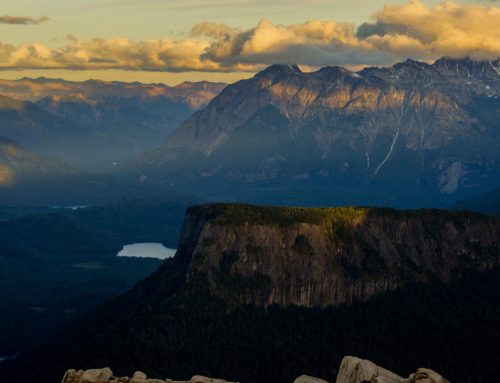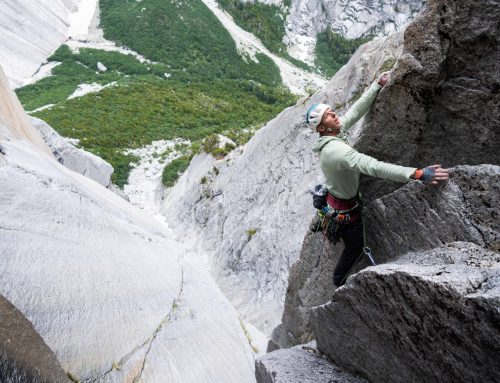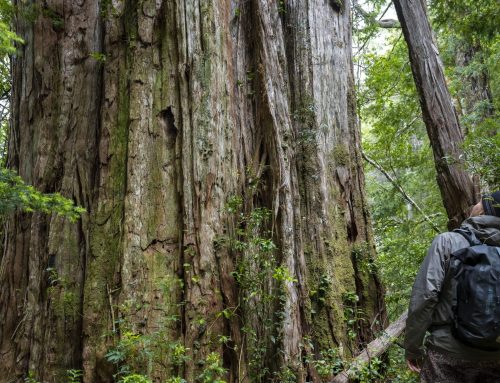After Fundo Puchegüín in Cochamó was put up for sale in 2022, five national and international organizations launched a campaign to raise USD 78 million to purchase and protect this place—home to towering mountains, ancient alerce forests, and endangered species such as the huemul.
Now in its final stretch, the initiative is making a direct call to Chileans to help complete the remaining 20% of one of the largest conservation fundraising efforts ever carried out in the country.
Once the land is purchased, the aim is to create a mixed protected area that ensures ecosystem conservation while safeguarding the historical and ongoing uses of the territory.
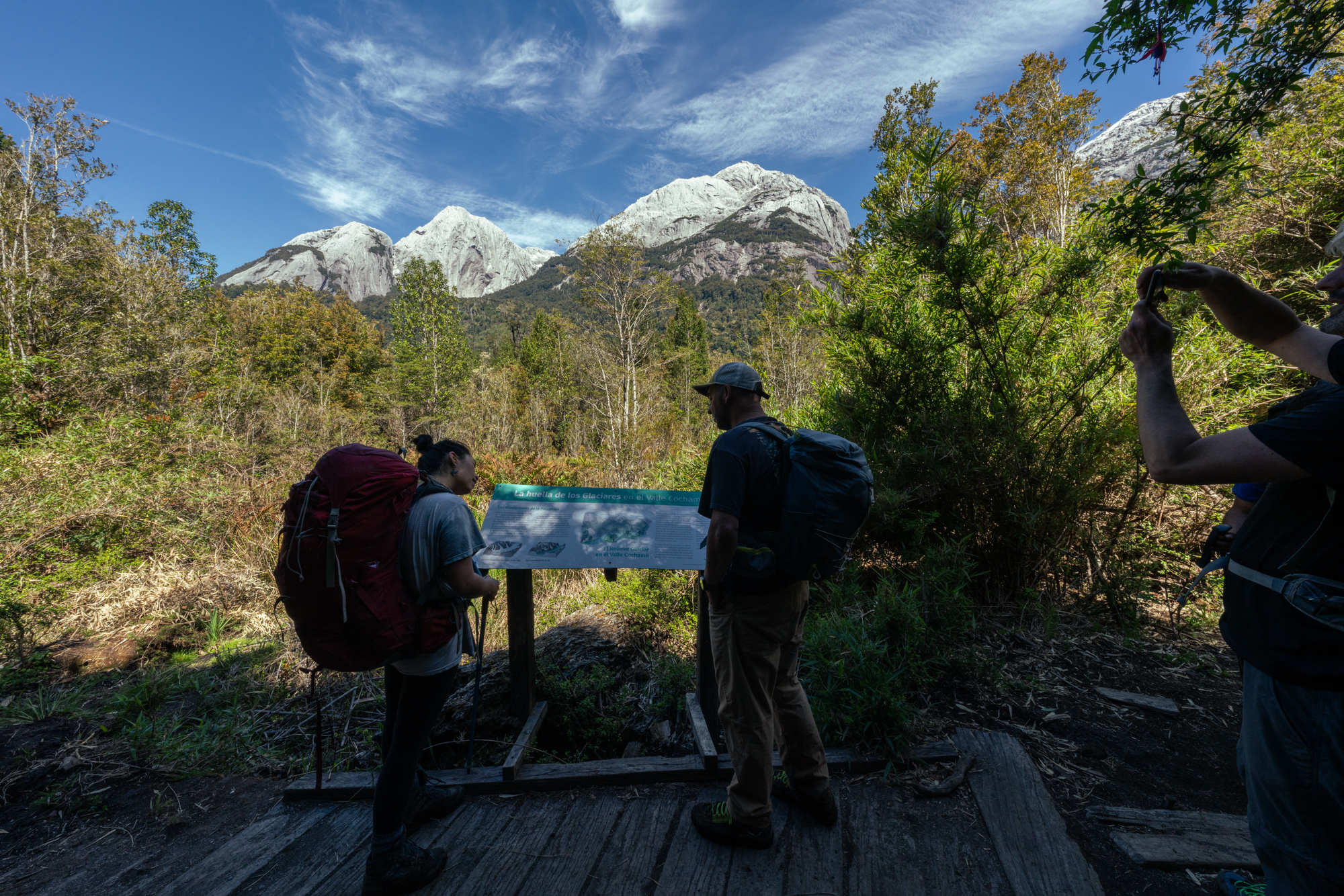
With 80% of its goal already raised, the Conserva Puchegüín project has positioned itself as one of the most remarkable conservation initiatives in Chile. It emerged when a group of national and international organizations set out to secure a significant amount of funding to protect 133,000 hectares in the commune of Cochamó, in the Los Lagos Region.
The idea to launch a campaign began after Fundo Puchegüín was put up for sale in 2022. News of such a vast territory immediately raised alarms, and in early 2024 Puelo Patagonia took the lead in forming an alliance with The Nature Conservancy, Freyja Foundation, Patagonia Inc., and the Wyss Foundation. Together, they began mobilizing funds in Chile and around the world to purchase and protect the land, while simultaneously gathering on-the-ground information to understand the local significance and traditional uses of a territory that represents one-third of the entire commune.
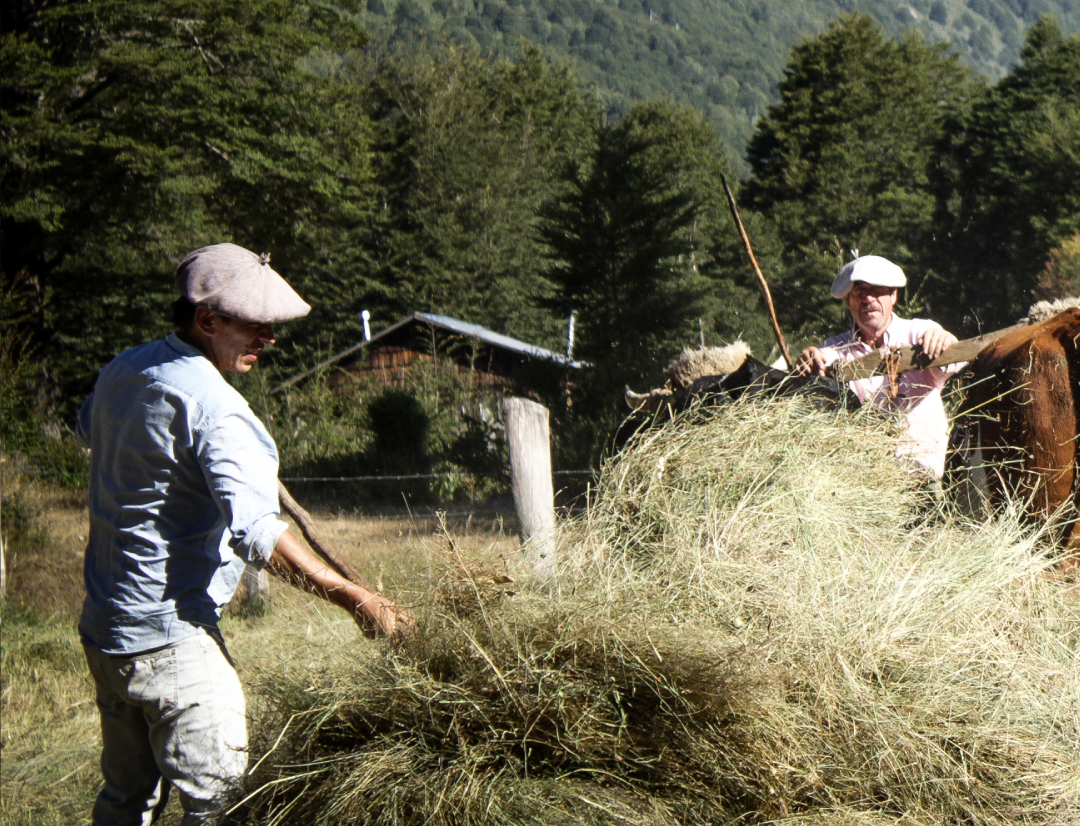
It is estimated, for example, that 1,400 families in Cochamó depend on the freshwater stored in this landscape and its extensive hydrological network, which includes 507 hectares of glaciers, 41 kilometers of lake and lagoon shoreline, 372 kilometers of riverbanks, and 150 hectares of wetlands and peatlands.
Fundo Puchegüín is also considered one of the few remaining climate refuges in the world. Its territory includes 58,000 hectares of primary forest and is believed to contain nearly 11% of the world’s alerce trees—a species capable of storing even more carbon than trees in the Amazon.
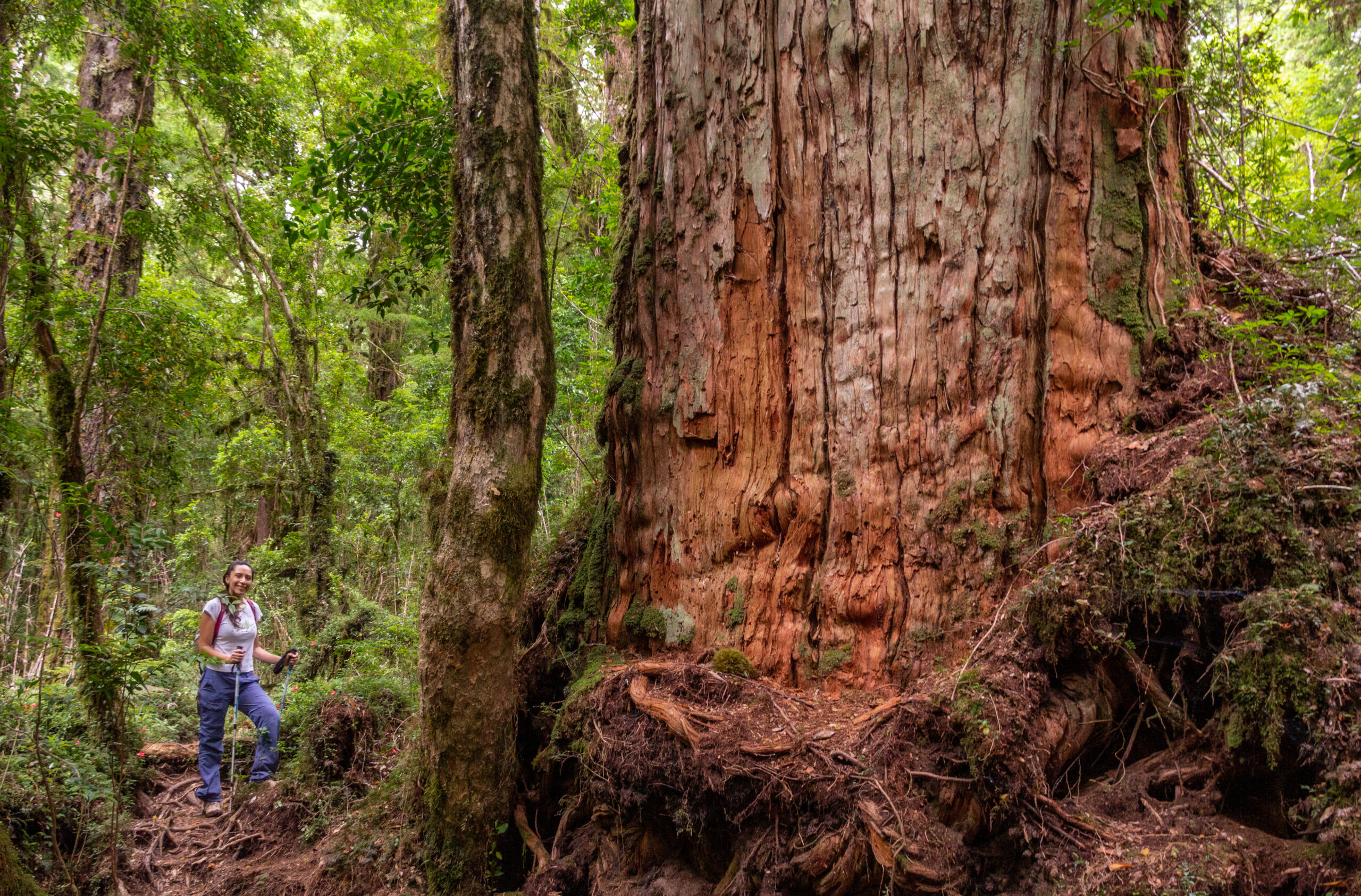
Its famous granite walls and pristine rivers are also recognized worldwide as major tourist attractions that support the local economy of an entire region.
For these reasons, the eyes of the local community, nature lovers, conservationists, and outdoor enthusiasts are set on achieving the goal that will protect this territory of exceptional ecological and cultural value.
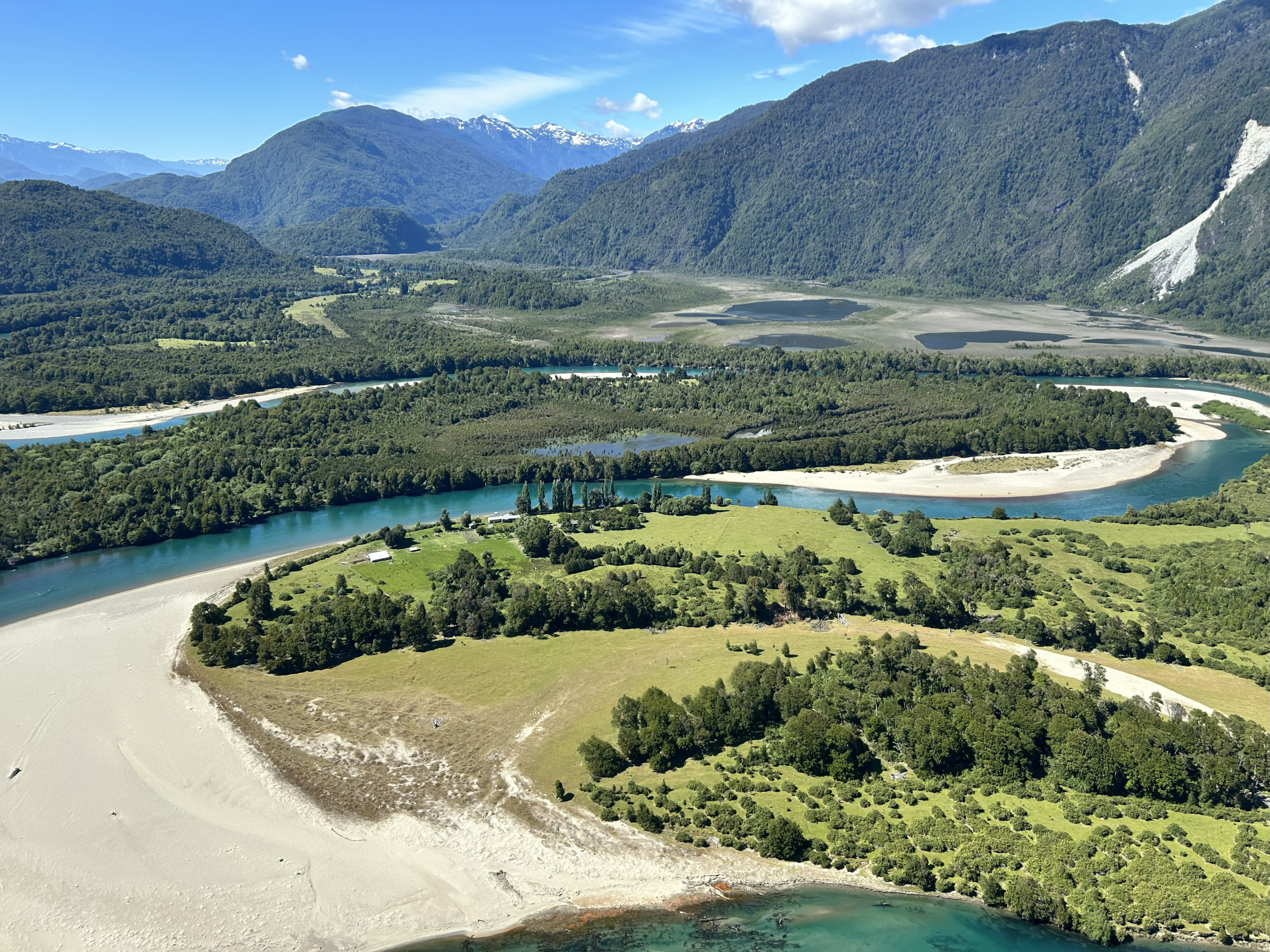
A national territory protected by Chileans
“This is an initiative that was born in Chile and is driven at both the national and international level. What we want is for this place to belong to all Chileans, protected under Chilean law,” said Andrés Diez, Executive Director of Puelo Patagonia, an NGO that has worked for 12 years on conservation in the commune of Cochamó and is leading the Conserva Puchegüín initiative.
The strategy behind raising 80% of the funds in just a year and a half has relied primarily on contributions from philanthropists and organizations in Chile and abroad. A share of the resources has also come from individuals in 17 countries, with Chile standing out as one of the nations with the highest number of donors.
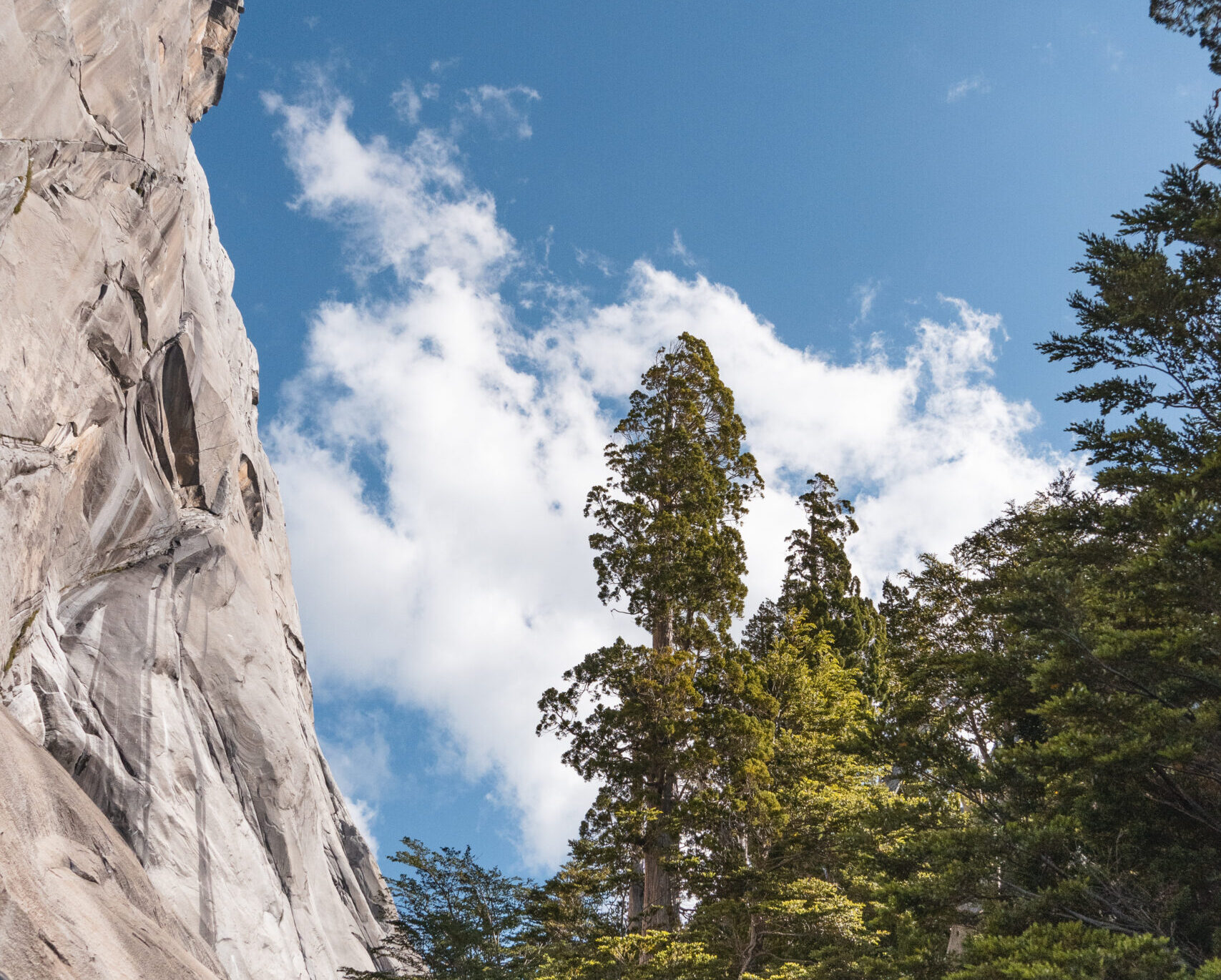
“While environmental philanthropy still has room to grow among Chileans, our focus now is for the final 20% of the funds to come from a sense of national commitment—to involve all of us in protecting places like this. The call is for Chileans to unite behind this cause so that, together, we can ensure its preservation for present and future generations,” added Diez.
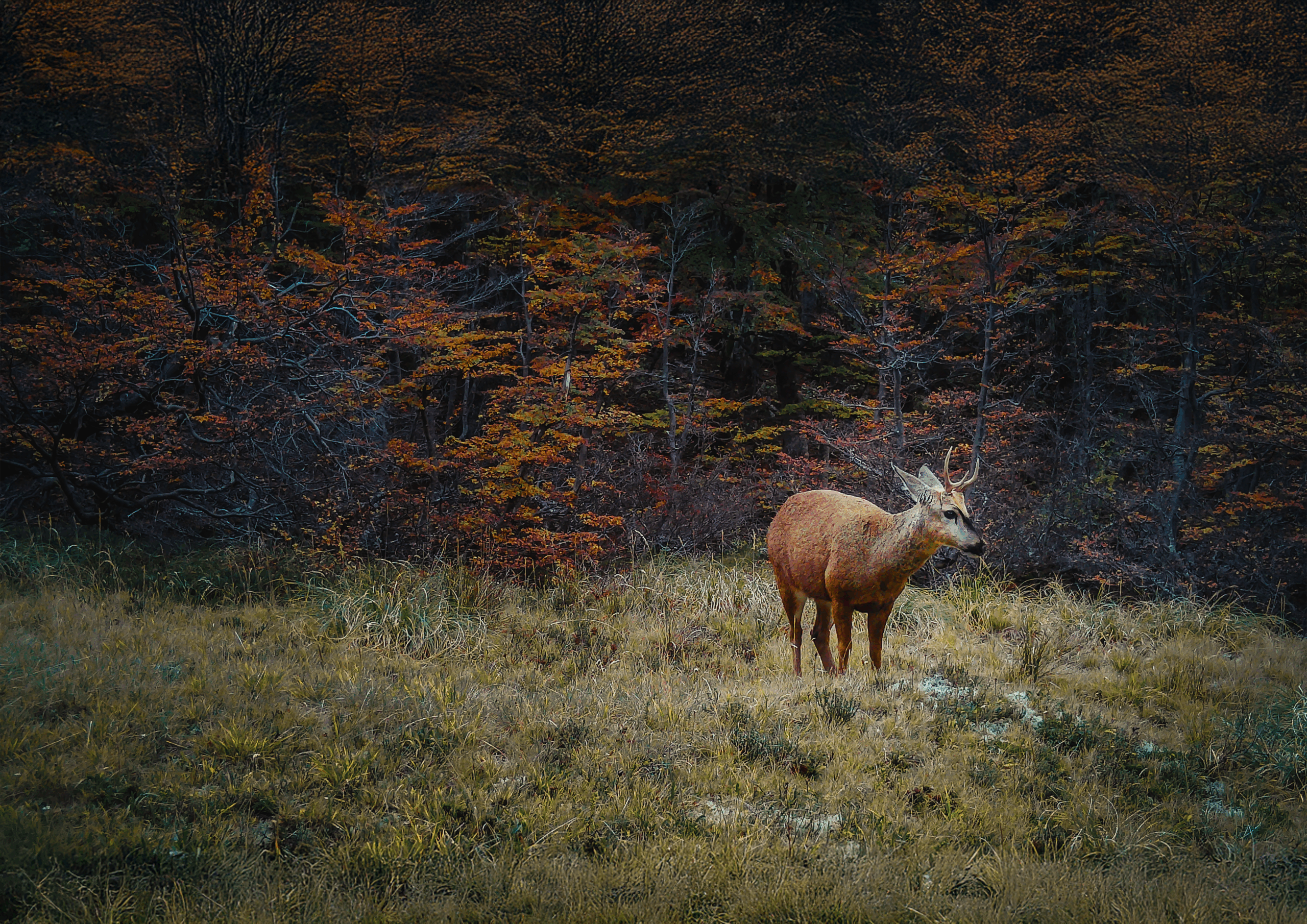
A unique model: conservation and local development
Once the total amount is raised, the land will be acquired by the Conserva Puchegüín Foundation, a Chilean nonprofit organization created with the aim of safeguarding the territory in perpetuity.
What makes this conservation initiative innovative is its hybrid protection model, which designates approximately 20,000 hectares for responsible use and development—as long as such activities do not compromise conservation goals. The intention is to protect nature while recognizing the deep historical ties between local communities and this land.
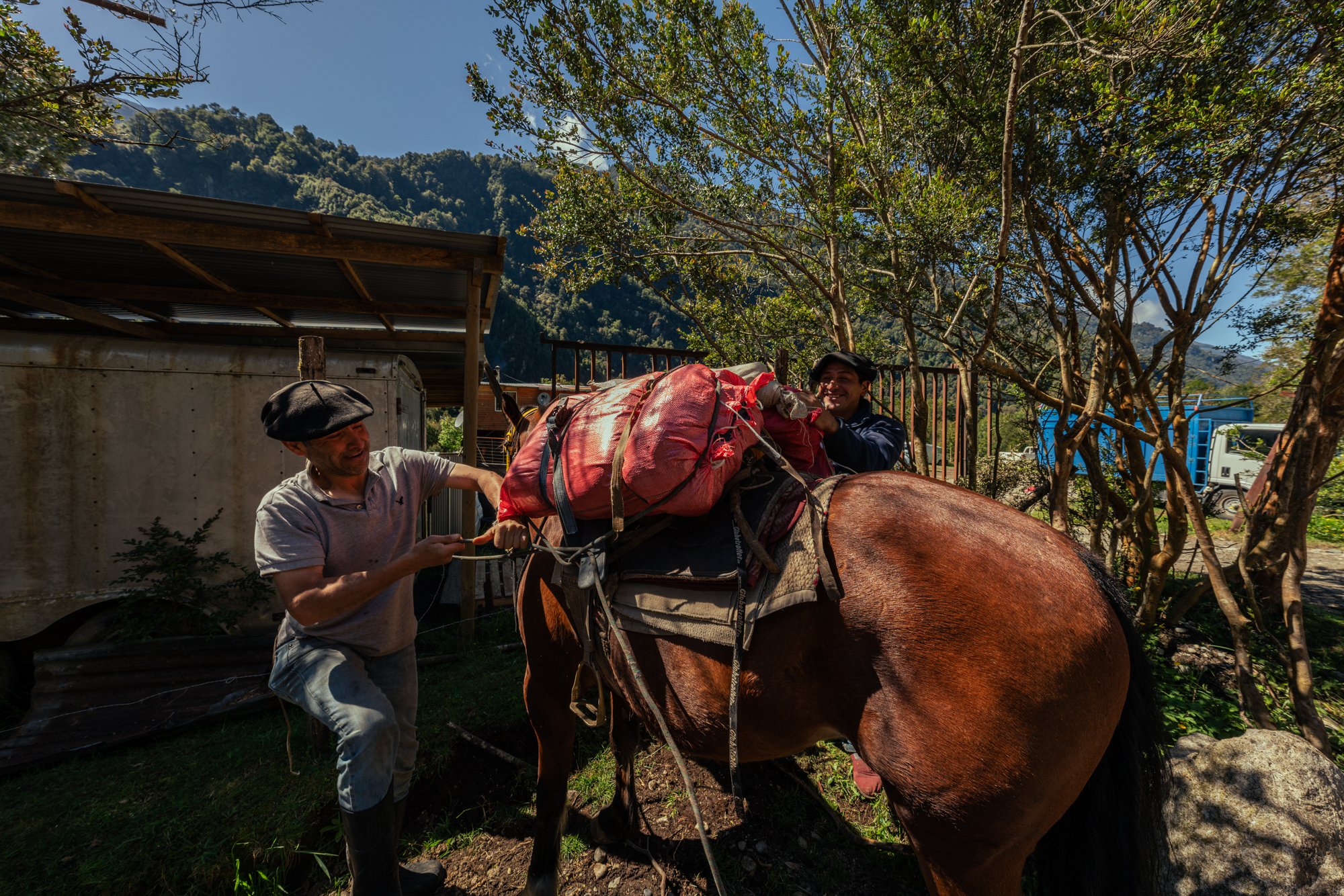
“Local residents—especially those who live in the mountains—use Fundo Puchegüín to graze animals, collect firewood, and access freshwater. That is why we have been working together from the very beginning—to ensure that these ways of life can continue. It is thanks to these communities and their traditions that these landscapes have remained so pristine,” said Tatiana Sandoval, Community Engagement Coordinator at Puelo Patagonia.
Meanwhile, more than 110,000 hectares in the higher elevations—areas that remain nearly untouched—will be placed under a strict park-level conservation category to protect unexplored ecosystems, alerce forests, and habitat for critically endangered species such as the huemul.
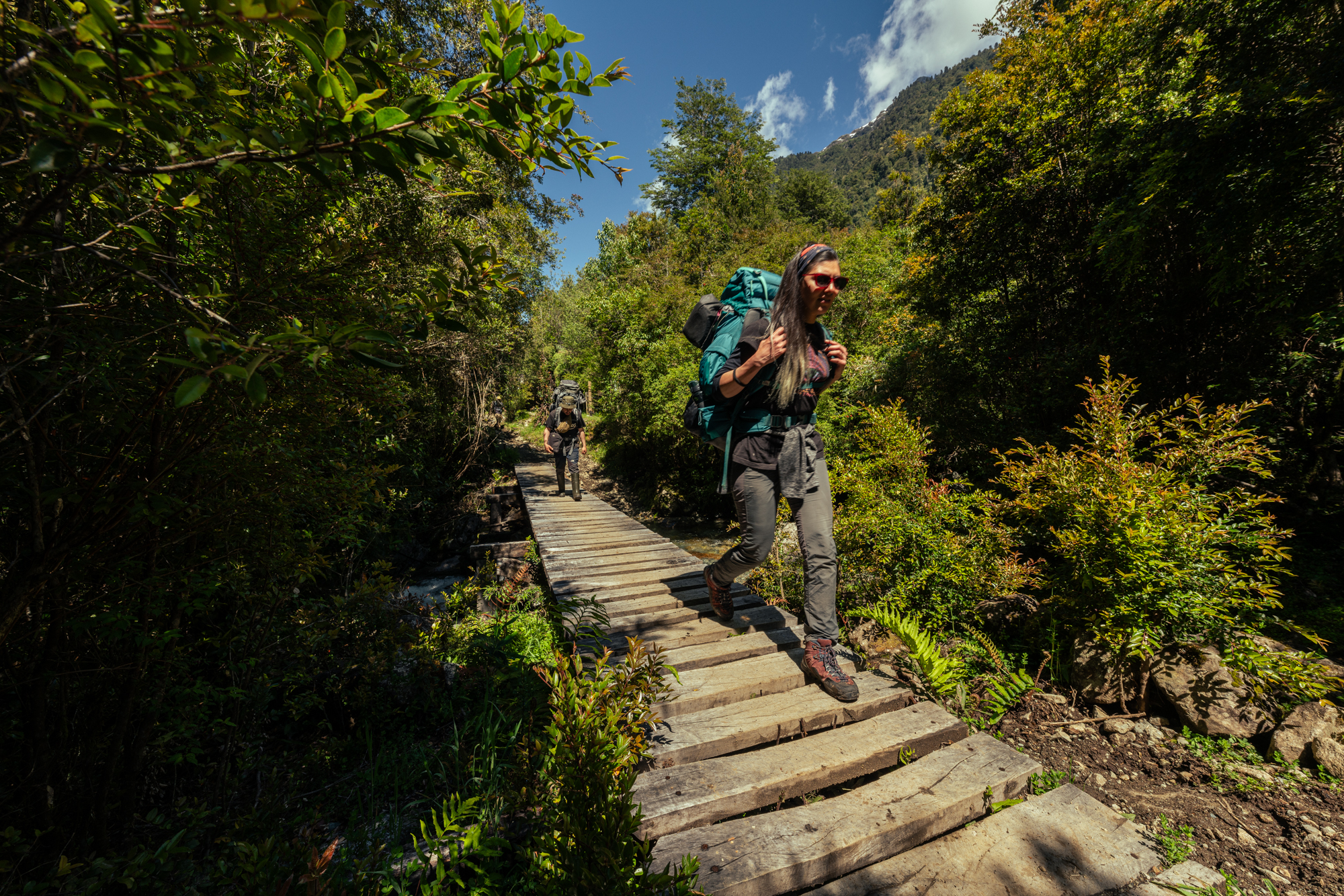
Once the land is secured, it will first be legally protected through a Real Right of Conservation and then move toward obtaining two official categories of government protection, always with the ultimate goal of donating a fully protected area to the State of Chile.
Juan José Donoso, Director of The Nature Conservancy Chile, added: “Effective conservation in Puchegüín is only possible when it is built collectively. This process has demonstrated the value of collaborating with local communities, organizations, and diverse stakeholders to plan the future of the territory—recognizing that protecting nature also means preserving the human relationships that have cared for it over time.”


